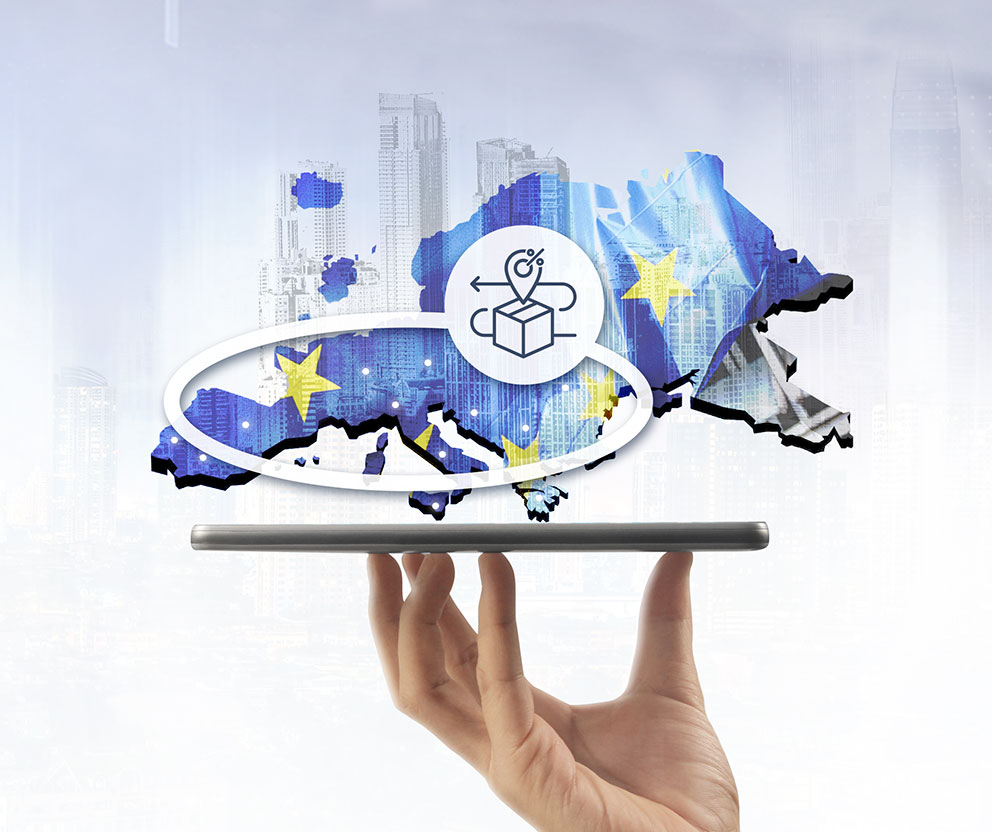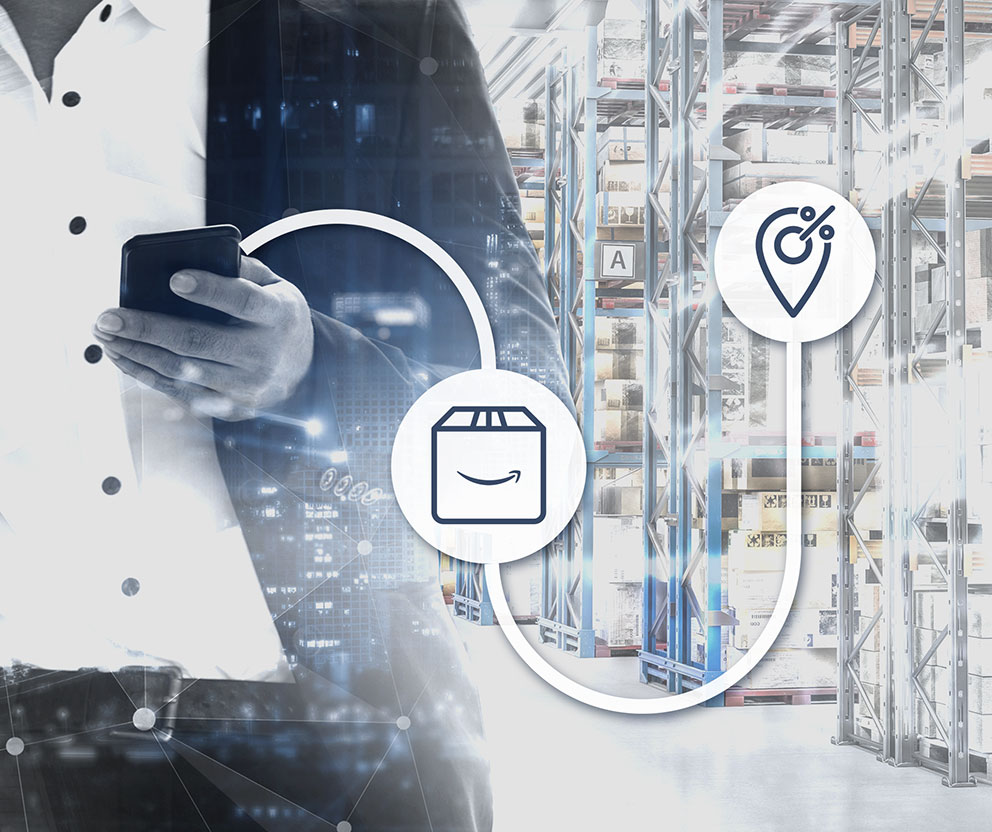Whether if you are a dropshipping seller or an Online E-commerce Seller you Will probably already know everything about upcoming new VAT rules – VAT PACKAGE starting next 1st July. But if you have not started yet to prepare your business for these major changes and you do not really know how is affecting your business then pay attention to most relevant changes summarized as follows:
Are you aware of new E-commerce VAT changes starting 1st July 2021?
Distances Sales (Intra EU cross boder sales B2C)
In case your business is doing intra-community cross border sales B2C to end consumers, for example from your own website dispatching goods from an EU country member to another one where the customer is located you must take into consideration the following updates:
- New single EU Threshold. Starting 1st of July a new distance sales threshold is coming into force. This new threshold has been fixed in 10.000 euros and it will apply to all EU territory. All E-commerce Sellers doing distance sales must review and monitor this new threshold and start to charge VAT rates of the country of consumption when their turnover reach or exceeds the amount of 10.000 euros.
- New rule of place of supply. This new rule is changing the taxation treatment of distance sales and means that all distance sales over 10.000 euros will be placed at the country of consumption and not where goods were dispatching from. Sellers must be compliant with other jurisdictions when their turnover reach or exceeds that threshold, so it is something sellers must keep in mind.
- Why it is so important? It is crucial to monitor this new threshold because it means a significant decrease. Let’s remember that the majority of UE threshold were between 35.000 € and 100.000 €. Notice: This could mean a new obligation to charge VAT rates of countries unexpected for many sellers.
- Simplifications thanks to new One Stop Shop (OSS) Scheme. This scheme enables to distance sales Sellers and E-commerce Sellers to submit a single VAT return where their businesses are established paying the taxes for all VAT jurisdictions instead of submitting several returns in each country where output VAT is due (where final customer was located).


And what happened if I’m doing dropshipping and my business is importing goods from outside of EU territory and selling them directly to an EU end costumer/private individual (B2C)?
In these cases, changes are dramatically significant. The most important is the one regarding to the abolishment of the exemption for low value consignment imports and its consequences. Until now, Online Sellers and many drop-shippers were able to take advantage of low value import exemption for goods valued under 22 euros. This means in practice that sellers would have to collect VAT from the customer at the time of checkout and sellers must charge the applicable rate where the customer is located. In case Sellers do not charge VAT to the customer the courier/post office will be obliged to collect the VAT from the customer at the time of delivery which could affect your image as a seller.
Throughout this scheme sellers must charge the corresponding VAT during the payment/”checkout” made by the final consumer. The VAT rate will be the one that corresponds to the country of consumption / reception of the goods.
Starting 1st July 2021, online sellers and drop-shipping businesses importing goods in the territory of the UE from outside must take into consideration the following updates:
- Abolishment of low value consignment exemption.
- New Import One Stop Shop (IOSS). This scheme is applicable for imports not exceeding the amount of 150 euros. (This value is for parcel not for single product). Key takeaways of IOSS:
- Online/ E-commerce sellers importing goods in the territory of the UE and getting registered for Import One Stop Shop (IOSS) will not have to pay VAT at the border and will have a faster and more agile dispatch. Sellers registered in IOSS will be exempted to pay VAT at the border (Sellers would have already collected it from the customer at checkout and will pay that VAT in a return through the IOSS portal)
- The seller generates a better shopping experience. Otherwise, the customer will have to pay the VAT due to the courier or post office which will be probably unexpected for them generating a bad customer experience.
- It is not mandatory. It is working on a voluntarily basis. Sellers can pre-register on their own IOSS portal in the country where they are established since 1st April. What happen if I do not charge VAT at all to the customer? Or what happen if I exceed the amount of 150 euros? In these cases, IOSS scheme will not apply to you or your business. In the first case, your costumer will have to pay VAT due to the courier or post office at the time of delivery (generating a bad shopping experience) and, in the second case, as a seller you will have to pay the VAT on import at Customs and later submit your VAT return as you normally would.
Notice: Non-EU Businesses are allowed to register in this IOSS scheme but these businesses must appoint a VAT intermediary to get registered who will be jointly and several liable of any VAT due or unpaid.
My business is selling through a marketplace
EU has decided to change some rules regarding to Marketplaces in order to change the role they play on E-commerce transactions. For this reason, MARKETPLACES such as AMAZON, ETSY and others will become or turn into what is called like the deemed supplier. From 1st July 2021 marketplaces will be responsible to charge and collect VAT from the customers.
How does it work in practice? All transactions made by Sellers via Amazon or through any other Marketplace will be divided in two transactions when a customer purchase a product online:
- Business to Business transaction (B2B). Seller will sell his product to Amazon First, normally without VAT if Intra-community Exemption applies.
- The Marketplace where the purchase took place is becoming the deemed supplier and will be liable for charging and collecting the VAT at the time of checkout. In this case, the UE has decided to consider Marketplaces as the real supplier of the products (B2C transaction).
The seller will be responsible to give the right information to the marketplace to charge VAT properly.
At VATONTIME we truly want to help your business to fulfill its VAT obligations keeping your business completely compliant and secure while you are selling online within the EU territory. Please, do not hesitate to contact us either by phone or email if you may need relevant and reliable tax advice regarding to new VAT rules.

